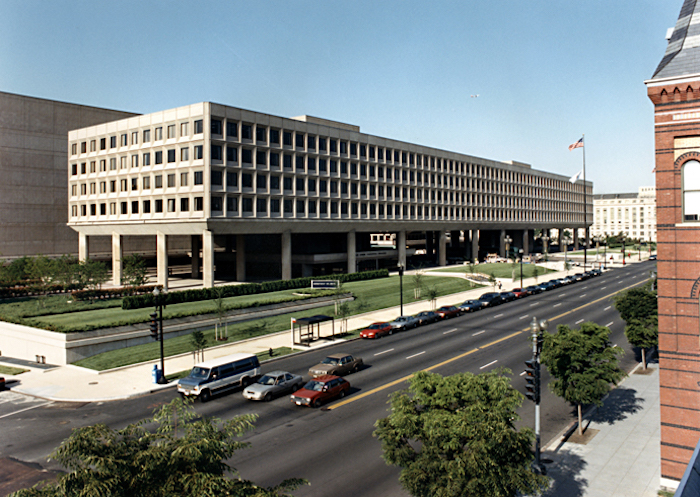
Under the initiative, the Geothermal Technologies Office (GTO) is funding U.S.-based urban/suburban, rural, or remote community coalitions to develop, design, and install community geothermal heating and cooling systems that supply at least 25% of the heating and cooling load in communities.
Community geothermal systems tap the earth’s subsurface to provide heating and cooling to multiple residences and businesses through an underground distribution network. Such systems can use a variety of technologies, including geothermal heat pumps and direct use of geothermal hot water. The projects feature urban, suburban, rural, and remote communities and a range of system sizes, technologies, and geographies—offering diverse case studies that will help other communities see how they can also implement community geothermal.
The 11 selected projects, which include more than 60 partners across the United States, will be executed by community coalitions offering skills and expertise in community needs, workforce, design and analysis, and deployment. In the first phase, coalitions will design their systems, finalize project sites and use, assess the geothermal resource, analyze environmental and permitting needs, conduct feasibility analysis and local engagement, and identify workforce and training needs. Based on first-phase outcomes, DOE will select a subset of projects to advance to a second phase and deploy their systems.
Project locations and high-level project plans are summarized here:

Locations of selected communities for the U.S. DOE geothermal heating and cooling initiative (source: U.S. DOE)
Urban / Suburban communities:
Ann Arbor, MI (Lead: City of Ann Arbor)—Looped geothermal system paired with efficiency improvements, rooftop solar, and battery storage to heat and cool 262 households, an elementary school, a community center, a mental health facility, and a public works site.
Chicago, IL (Lead: Blacks in Green™)—Shared community geothermal network across four city blocks containing more than 100 multi-family and single-family residential buildings in a disadvantaged section of the city’s South Side.
Duluth, MN (Lead: City of Duluth)—Geothermal system using waste heat from the Western Lake Superior Sanitary District to cover 100% of heating loads in a disadvantaged neighborhood.
Framingham, MA (Lead: Home Energy Efficiency Team)—Geothermal heat-pump heating and cooling system adjacent to another geothermal demonstration project and integrated with other renewable energy systems in a socioeconomically and ethnically diverse city.
New York City, NY (Lead: Electric Power Research Institute)—Geothermal heating and cooling system to serve a minimum of 25% of apartments in a portfolio of 5,000 apartments identified for geothermal upgrades.
Wallingford, CT (Lead: CT Department of Energy and Environmental Protection)—District geothermal heating and cooling system that will serve at least 50% of the heating and cooling load of a 132-unit, affordable housing complex.
Rural communities:
Carbondale, CO (Lead: Clean Energy Economy for the Region)—Geothermal heat pumps to support a net-zero energy district and heat and cool school district offices, a library, 20 affordable housing units, a high school, a center for nonprofits, and townhomes.
Middlebury, VT (Lead: GTI Energy)—Geothermal system to meet at least 50% of the heating and cooling needs for a new affordable housing development of townhomes, duplex, and multiplex units, with more than 30% of units intended for low- and medium-income households.
Seward, AK (Lead: City of Seward)—Community-scale heating and cooling system that will refine the existing design of a CO2 heat-pump system to meet nearly all heating demand for half of municipal buildings.
Shawnee, OK (Lead: University of Oklahoma)—Combined solar and geothermal heat pump heating and cooling system, to be demonstrated in a community owned and operated by a Tribal Nation.
Remote / Islanded community:
Nome, AK (Lead: Kawerak, Inc.)—Direct-use geothermal district-scale system that will provide heating and hot water to buildings and cooling to food storage areas.